US Airways 2005 Annual Report Download - page 98
Download and view the complete annual report
Please find page 98 of the 2005 US Airways annual report below. You can navigate through the pages in the report by either clicking on the pages listed below, or by using the keyword search tool below to find specific information within the annual report.-
 1
1 -
 2
2 -
 3
3 -
 4
4 -
 5
5 -
 6
6 -
 7
7 -
 8
8 -
 9
9 -
 10
10 -
 11
11 -
 12
12 -
 13
13 -
 14
14 -
 15
15 -
 16
16 -
 17
17 -
 18
18 -
 19
19 -
 20
20 -
 21
21 -
 22
22 -
 23
23 -
 24
24 -
 25
25 -
 26
26 -
 27
27 -
 28
28 -
 29
29 -
 30
30 -
 31
31 -
 32
32 -
 33
33 -
 34
34 -
 35
35 -
 36
36 -
 37
37 -
 38
38 -
 39
39 -
 40
40 -
 41
41 -
 42
42 -
 43
43 -
 44
44 -
 45
45 -
 46
46 -
 47
47 -
 48
48 -
 49
49 -
 50
50 -
 51
51 -
 52
52 -
 53
53 -
 54
54 -
 55
55 -
 56
56 -
 57
57 -
 58
58 -
 59
59 -
 60
60 -
 61
61 -
 62
62 -
 63
63 -
 64
64 -
 65
65 -
 66
66 -
 67
67 -
 68
68 -
 69
69 -
 70
70 -
 71
71 -
 72
72 -
 73
73 -
 74
74 -
 75
75 -
 76
76 -
 77
77 -
 78
78 -
 79
79 -
 80
80 -
 81
81 -
 82
82 -
 83
83 -
 84
84 -
 85
85 -
 86
86 -
 87
87 -
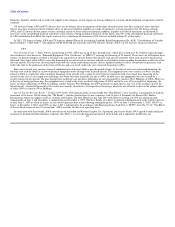 88
88 -
 89
89 -
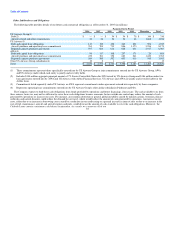 90
90 -
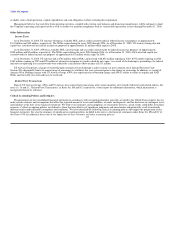 91
91 -
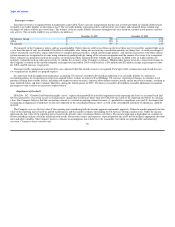 92
92 -
 93
93 -
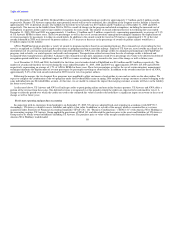 94
94 -
 95
95 -
 96
96 -
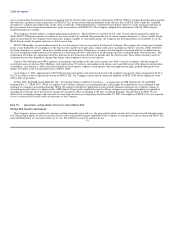 97
97 -
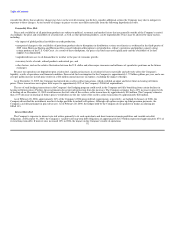 98
98 -
 99
99 -
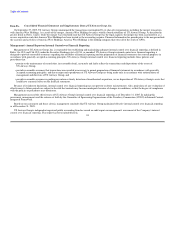 100
100 -
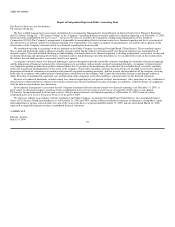 101
101 -
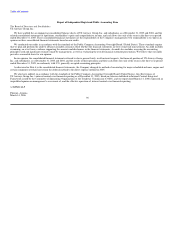 102
102 -
 103
103 -
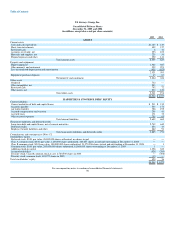 104
104 -
 105
105 -
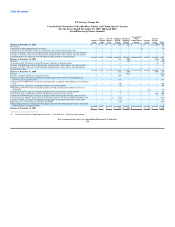 106
106 -
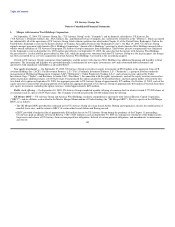 107
107 -
 108
108 -
 109
109 -
 110
110 -
 111
111 -
 112
112 -
 113
113 -
 114
114 -
 115
115 -
 116
116 -
 117
117 -
 118
118 -
 119
119 -
 120
120 -
 121
121 -
 122
122 -
 123
123 -
 124
124 -
 125
125 -
 126
126 -
 127
127 -
 128
128 -
 129
129 -
 130
130 -
 131
131 -
 132
132 -
 133
133 -
 134
134 -
 135
135 -
 136
136 -
 137
137 -
 138
138 -
 139
139 -
 140
140 -
 141
141 -
 142
142 -
 143
143 -
 144
144 -
 145
145 -
 146
146 -
 147
147 -
 148
148 -
 149
149 -
 150
150 -
 151
151 -
 152
152 -
 153
153 -
 154
154 -
 155
155 -
 156
156 -
 157
157 -
 158
158 -
 159
159 -
 160
160 -
 161
161 -
 162
162 -
 163
163 -
 164
164 -
 165
165 -
 166
166 -
 167
167 -
 168
168 -
 169
169 -
 170
170 -
 171
171 -
 172
172 -
 173
173 -
 174
174 -
 175
175 -
 176
176 -
 177
177 -
 178
178 -
 179
179 -
 180
180 -
 181
181 -
 182
182 -
 183
183 -
 184
184 -
 185
185 -
 186
186 -
 187
187 -
 188
188 -
 189
189 -
 190
190 -
 191
191 -
 192
192 -
 193
193 -
 194
194 -
 195
195 -
 196
196 -
 197
197 -
 198
198 -
 199
199 -
 200
200 -
 201
201 -
 202
202 -
 203
203 -
 204
204 -
 205
205 -
 206
206 -
 207
207 -
 208
208 -
 209
209 -
 210
210 -
 211
211 -
 212
212 -
 213
213 -
 214
214 -
 215
215 -
 216
216 -
 217
217 -
 218
218 -
 219
219 -
 220
220 -
 221
221 -
 222
222 -
 223
223 -
 224
224 -
 225
225 -
 226
226 -
 227
227 -
 228
228 -
 229
229 -
 230
230 -
 231
231 -
 232
232 -
 233
233 -
 234
234 -
 235
235 -
 236
236 -
 237
237 -
 238
238 -
 239
239 -
 240
240 -
 241
241 -
 242
242 -
 243
243 -
 244
244 -
 245
245 -
 246
246 -
 247
247 -
 248
248 -
 249
249 -
 250
250 -
 251
251 -
 252
252 -
 253
253 -
 254
254 -
 255
255 -
 256
256 -
 257
257 -
 258
258 -
 259
259 -
 260
260 -
 261
261 -
 262
262 -
 263
263 -
 264
264 -
 265
265 -
 266
266 -
 267
267 -
 268
268 -
 269
269 -
 270
270 -
 271
271 -
 272
272 -
 273
273 -
 274
274 -
 275
275 -
 276
276 -
 277
277 -
 278
278 -
 279
279 -
 280
280 -
 281
281 -
 282
282 -
 283
283 -
 284
284 -
 285
285 -
 286
286 -
 287
287 -
 288
288 -
 289
289 -
 290
290 -
 291
291 -
 292
292 -
 293
293 -
 294
294 -
 295
295 -
 296
296 -
 297
297 -
 298
298 -
 299
299 -
 300
300 -
 301
301 -
 302
302 -
 303
303 -
 304
304 -
 305
305 -
 306
306 -
 307
307 -
 308
308 -
 309
309 -
 310
310 -
 311
311 -
 312
312 -
 313
313 -
 314
314 -
 315
315 -
 316
316 -
 317
317 -
 318
318 -
 319
319 -
 320
320 -
 321
321 -
 322
322 -
 323
323
 |
 |

Table of Contents
consider the effects that an adverse change may have on the overall economy nor do they consider additional actions the Company may take to mitigate its
exposure to these changes. Actual results of changes in prices or rates may differ materially from the following hypothetical results.
Commodity Price Risk
Prices and availability of all petroleum products are subject to political, economic and market factors that are generally outside of the Company's control.
Accordingly, the price and availability of aviation fuel, as well as other petroleum products, can be unpredictable. Prices may be affected by many factors,
including:
• the impact of global political instability on crude production;
• unexpected changes to the availability of petroleum products due to disruptions in distribution systems or refineries as evidenced in the third quarter of
2005 when Hurricane Katrina and Hurricane Rita caused widespread disruption to oil production, refinery operations and pipeline capacity along
certain portions of the U.S. Gulf Coast. As a result of these disruptions, the price of jet fuel increased significantly and the availability of jet fuel
supplies was diminished;
• unpredicted increases to oil demand due to weather or the pace of economic growth;
• inventory levels of crude, refined products and natural gas; and
• other factors, such as the relative fluctuation between the U.S. dollar and other major currencies and influence of speculative positions on the futures
exchanges.
Because our operations are dependent upon aviation fuel, significant increases in aviation fuel costs materially and adversely affect the Company's
liquidity, results of operations and financial condition. Forecasted fuel consumption for the Company is approximately 1.57 billion gallons per year, and a one
cent per gallon increase in fuel price results in a $16 million annual increase in expense, excluding the impact of hedges.
As of December 31, 2005, the Company had entered into costless collar transactions, which establish an upper and lower limit on heating oil futures
prices. These transactions are in place with respect to approximately 20% of the Company's 2006 fuel requirements.
The use of such hedging transactions in the Company's fuel hedging program could result in the Company not fully benefiting from certain declines in
heating oil futures prices. Further, these instruments do not provide protection from the increases. The Company estimates that a 10% increase in price levels
of heating oil on December 31, 2005 would increase the fair value of the costless collar transactions by approximately $30 million. The Company estimates
that a 10% decrease in heating oil futures prices would decrease the fair value of the costless collar transactions by approximately $28 million.
As of February 28, 2006, approximately 34% of the Company's 2006 projected fuel requirements, respectively, are hedged. In January of 2006, the
Company diversified the instruments used in its hedge portfolio to include call options. Although call options require up-front premium payments, the
Company can fully participate in price decreases. As of February 28, 2006, the hedges held by the Company do not qualify for hedge accounting per
SFAS 133.
Interest Rate Risk
The Company's exposure to interest rate risk relates primarily to its cash equivalents and short-term investments portfolios and variable rate debt
obligations. At December 31, 2005, the Company's variable-rate long-term debt obligations of approximately $2.73 billion represented approximately 87% of
its total long-term debt. If interest rates increased 10% in 2006, the impact on the Company's results of operations
92
